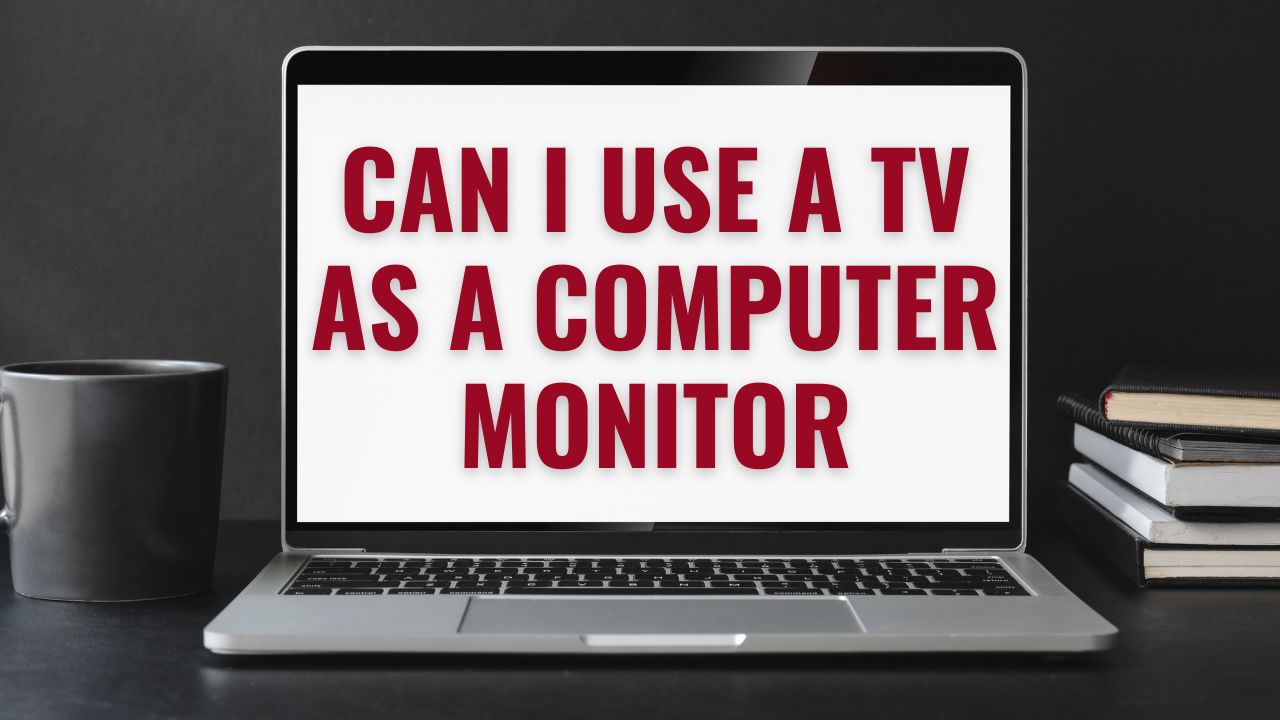If you’re in need of a larger screen to use with your computer, you might be wondering if you can use your TV as a monitor. The short answer of the question “Can I Use a TV as a Computer Monitor” is yes, but there are a few things you should keep in mind before making the switch. In this article, we’ll explore the advantages and limitations of using a TV as a computer monitor, as well as how to set it up properly.
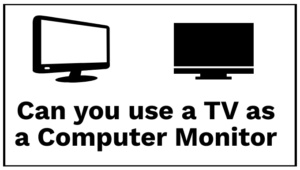
How Does a TV Work as a Computer Monitor?
Visit :
https://community.tableau.com/s/idea/0878b000000F5arAAC/detail
https://community.tableau.com/s/idea/0878b000000F5amAAC/detail
Before we dive into the details, let’s discuss why you might want to use a TV as a computer monitor. Here are a few reasons:
- Bigger Screen: TVs are typically much larger than computer monitors, which can make them ideal for watching movies, playing games, and even working.
- Cost Savings: If you already have a TV and don’t want to spend money on a new monitor, using your TV as a computer monitor can save you some cash.
- Multi-Tasking: With a larger screen, you can have multiple windows open at the same time, making it easier to multitask.
Things to Consider Before Using Your TV as a Computer Monitor
While using a TV as a computer monitor can be convenient and cost-effective, there are some things you need to consider before making the switch. Here are a few:
1. Resolution
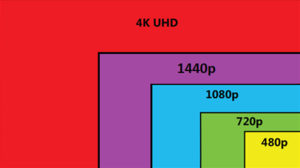
The first thing you need to consider is the resolution of your TV. Most TVs have a lower resolution than computer monitors, which can result in a lower quality image. If you’re planning to use your TV as a monitor for work, you may find that text and other fine details are more difficult to read.
2. Input Lag
Another issue you may encounter when use a TV as a computer monitor is input lag. Input lag is the delay between when you press a key on your keyboard or move your mouse and when the action is reflected on the screen. This can be particularly noticeable when gaming or using applications that require fast response times.
3. Distance
The distance between your TV and your computer desk is also important to consider. If your TV is too far away, you may have trouble seeing small details on the screen or reading text. On the other hand, if your TV is too close, you may have to move your head from side to side to see everything on the screen.
4. Connections
Finally, you need to make sure that your TV has the right connections to work as a computer monitor. Most modern TVs have an HDMI port, which can be used to connect to your computer. However, if your TV is older, it may not have this port, in which case you may need to use a VGA or DVI cable.
How to Use Your TV as a Computer Monitor
1. Check your TV’s specifications:
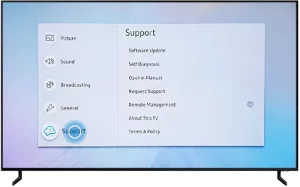
Before connecting your TV to your computer, it’s important to make sure your TV is compatible. Check your TV’s manual or specifications online to see what ports it has available for connecting to a computer and also check the TV size, because of TV size plays a important role to focus the bedroom decoration. So, TV size for bedroom are also matters to use tv as a computer. Most modern TVs have an HDMI port, which is the easiest and most common option for connecting to a computer. If your TV doesn’t have an HDMI port, it may have a VGA or DVI port instead.
2. Choose the right cable:
Once you know what type of port your TV has, you’ll need to choose the appropriate cable to connect to your computer. HDMI cables are widely available and affordable, and can transmit both audio and video signals. VGA and DVI cables are older and less common, but may still be necessary if your TV doesn’t have an HDMI port.
3. Adjust the display settings:
Once your computer is connected to your TV, you’ll need to adjust the display settings to make sure everything looks good on the big screen. Depending on your computer’s operating system, you may be able to do this through the display settings menu. Make sure to set the resolution to match your TV’s native resolution for the best possible image quality. You may also need to adjust the aspect ratio or overscan settings to ensure everything fits on the screen properly.
4. Set up audio:
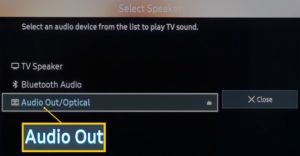
In addition to connecting the video signal, you’ll also need to set up audio. If your TV has built-in speakers, you can simply select it as your audio output device in the computer’s sound settings. If your TV doesn’t have built-in speakers, you can connect external speakers or headphones to your computer’s audio output port.
5. Enjoy your new setup:
Once everything is set up and configured properly, you can start use a TV as a computer monitor second display for your computer. This can be particularly useful for activities like gaming, watching movies or TV shows, or working on large projects that require a lot of screen real estate.
Conclusion:
In conclusion, use a TV as a computer monitor can be a great way to enhance your computer setup and provide a larger, more immersive display for your work or entertainment. However, it’s important to ensure that your TV has the necessary specifications and input options to function well as a computer monitor. Additionally, adjusting the display and audio settings can take some trial and error to achieve the best results. With these considerations in mind, using a TV as a computer monitor can be a cost-effective and enjoyable way to enhance your computing experience.
Frequently Asked Questions(FAQs)
Q.1 Can I use a TV as a computer monitor?
While most modern TVs can be used as a computer monitor, it’s important to consider the display and input lag specifications before making a purchase. Some older or lower-end TVs may not have the necessary resolution or input options to function well as a computer monitor.
Q.2 Can using a TV as a computer monitor damage the TV?
Using a TV as a computer monitor is generally safe and should not cause any damage to the TV if used properly. However, it’s important to avoid leaving static images on the screen for extended periods of time, as this can cause image retention or “burn-in” on some types of displays.
Q.3 Can I use a laptop as a TV screen?
While some laptops have HDMI or other video outputs that can be used to connect to a TV, most laptops do not have the necessary hardware to function as a TV screen. Additionally, laptops generally have smaller screens than TVs, which may not be ideal for some users.
